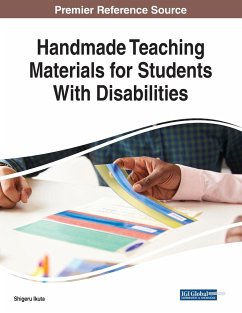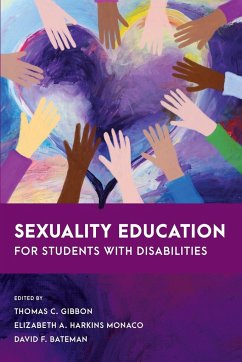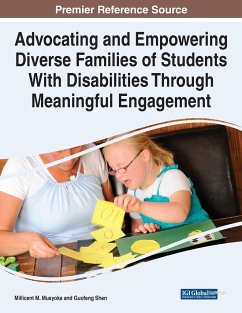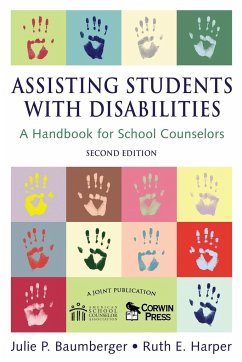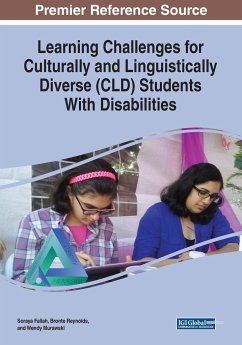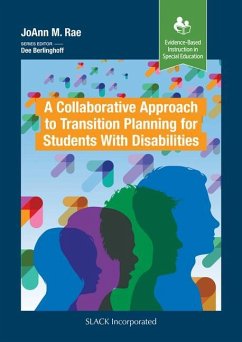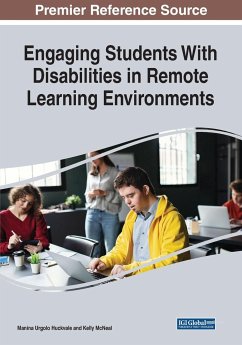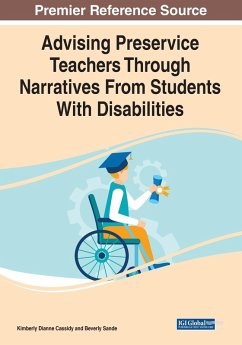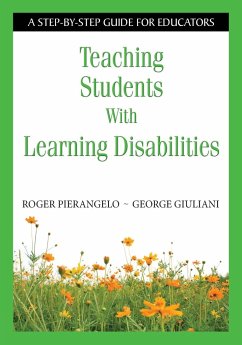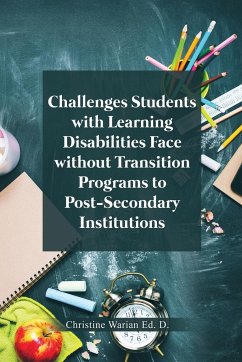Nicht lieferbar
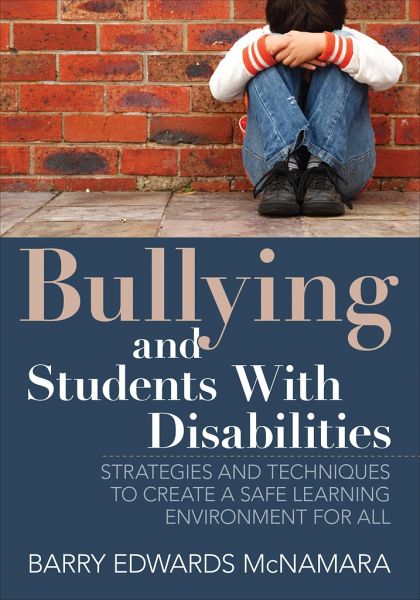
Bullying and Students with Disabilities
Strategies and Techniques to Create a Safe Learning Environment for All
Versandkostenfrei!
Nicht lieferbar
Bullying is a growing issue of concern and a harsh reality facing many of today's schools. Teachers, parents, and administrators are all grappling with how best to address the problem and create a nurturing and inclusive school culture. In Bullying and Students With Disabilities, Barry McNamara presents both the relevant research and the practical tools that educators and families need to understand bullying, identify bullies and their victims, learn how to cope with bullies, and take part in the implementation of an inclusive schoolwide bullying prevention program that truly meets the needs o...
Bullying is a growing issue of concern and a harsh reality facing many of today's schools. Teachers, parents, and administrators are all grappling with how best to address the problem and create a nurturing and inclusive school culture. In Bullying and Students With Disabilities, Barry McNamara presents both the relevant research and the practical tools that educators and families need to understand bullying, identify bullies and their victims, learn how to cope with bullies, and take part in the implementation of an inclusive schoolwide bullying prevention program that truly meets the needs of all students.




